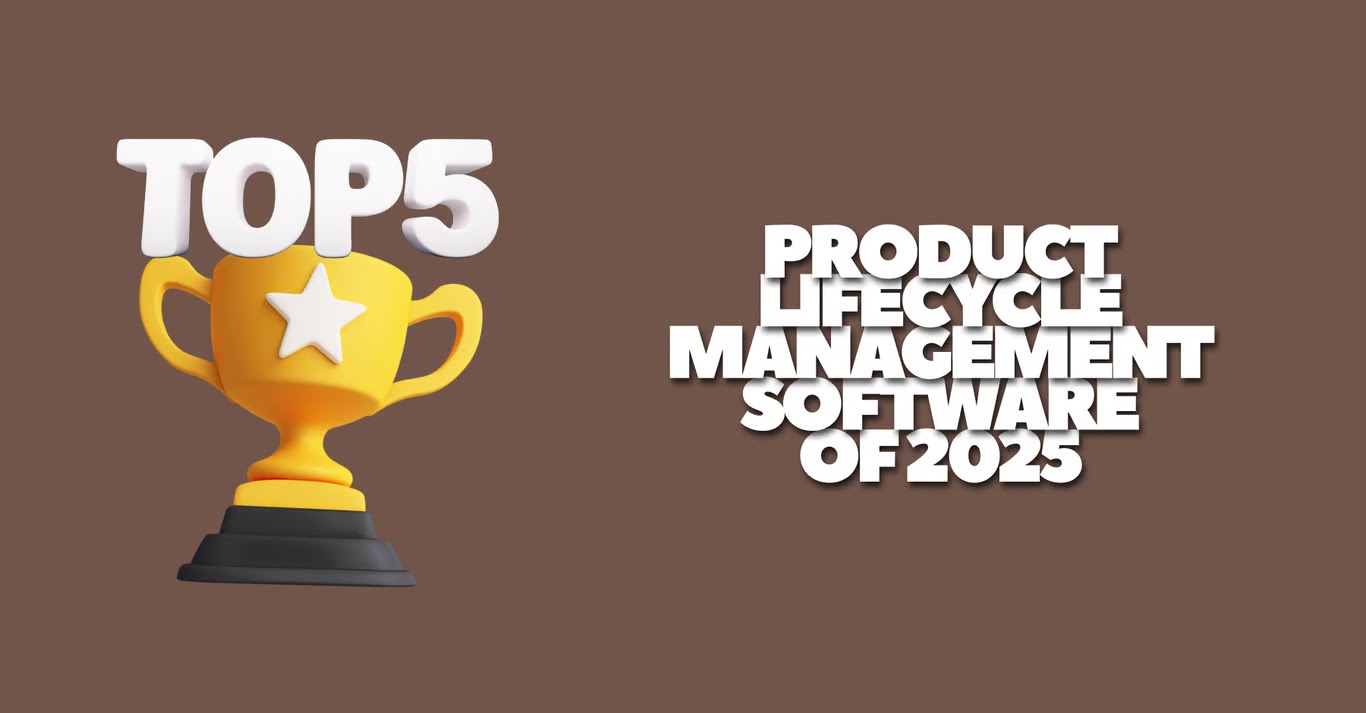Top 5 Product Lifecycle Management Software Of 2025
Do you remember the excitement of participating in school fairs? Dreaming up stall ideas, planning the setup, and working with limited resources fostered creativity and teamwork. Today, however, managing products and launching them in the professional world demands more than casual strategies. High stakes, tight deadlines, and multiple stakeholders require sophisticated tools and processes.
Enter Product Lifecycle Management (PLM) Software—a powerful solution that streamlines every stage of a product's journey, from ideation to market launch and beyond. If you're aiming to enhance your business operations, TechDogs has compiled a list of the Top 5 PLM Software for 2025, perfect for turning product ideas into market-ready realities.
What Is Product Lifecycle Management (PLM) Software?
PLM software is a comprehensive tool designed to manage data and processes across a product's lifecycle. It supports industries like manufacturing, retail, and technology by organizing product information, handling quality workflows, managing engineering changes, and streamlining supply chains.
Modern PLM tools drive business transformation by providing a centralized platform for product design, manufacturing, maintenance, and service. These solutions enhance innovation, operational efficiency, and market responsiveness. With a digital foundation tailored to unique business needs, PLM software empowers companies to remain competitive in dynamic markets.
Top 5 Product Lifecycle Management Software of 2025
Here are the best PLM tools to help businesses optimize operations:
1. ClickUp
An all-in-one productivity platform, ClickUp has become a robust PLM tool for over two million teams worldwide. Its standout features include customizable task management, Gantt views, automation, and tools like Mind Maps for collaborative brainstorming.
- Pros: Adaptable, feature-rich, and integrates with 1,000+ apps like Slack and Jira.
- Cons: Steep learning curve and occasional performance lags.
- Pricing: Free tier available; premium plans start at $7/month per user.
2. Centric PLM
Known for driving innovation and faster time-to-market, Centric PLM offers advanced tools like 3D visualization, AI-driven forecasting, and industry-specific modules (e.g., fashion or food compliance).
- Pros: Industry-specific features and seamless ERP integrations.
- Cons: Limited training resources and customization challenges.
- Pricing: Scalable SaaS model tailored to enterprise needs.
3. Airtable
This tool combines spreadsheet simplicity with database power. Airtable's features include Kanban views, real-time collaboration, and AI-powered insights.
- Pros: Easy to use, highly customizable, and integrates with tools like Slack and Google Workspace.
- Cons: Limited functionalities for advanced users.
- Pricing: Free plan available; advanced plans start at $24/month per user.
4. Siemens Teamcenter
A long-standing leader in PLM, Teamcenter supports every stage of the product lifecycle with features like PDM, BOM management, and digital twin capabilities.
- Pros: Scalable, highly reliable, and robust integration ecosystem.
- Cons: Dated interface design.
- Pricing: Premium solution with custom pricing.
5. Propel
Built on Salesforce, Propel combines PLM and Product Information Management (PIM), offering AI analytics, compliance tracking, and customer-centric workflows.
- Pros: User-friendly interface, seamless Salesforce integration, and ROI-focused.
- Cons: Learning curve for non-Salesforce users.
- Pricing: Starts at $73/month per user.
Final Thoughts
Innovation is the cornerstone of staying competitive. With the right PLM software, businesses can transform ideas into market successes while optimizing workflows, cutting costs, and boosting growth. Evaluate your team’s needs and choose a PLM tool tailored to your industry.
Why wait? Start turning your product vision into reality today!


.jpg)
%20(1)%20183.jpg)
Comments
Post a Comment